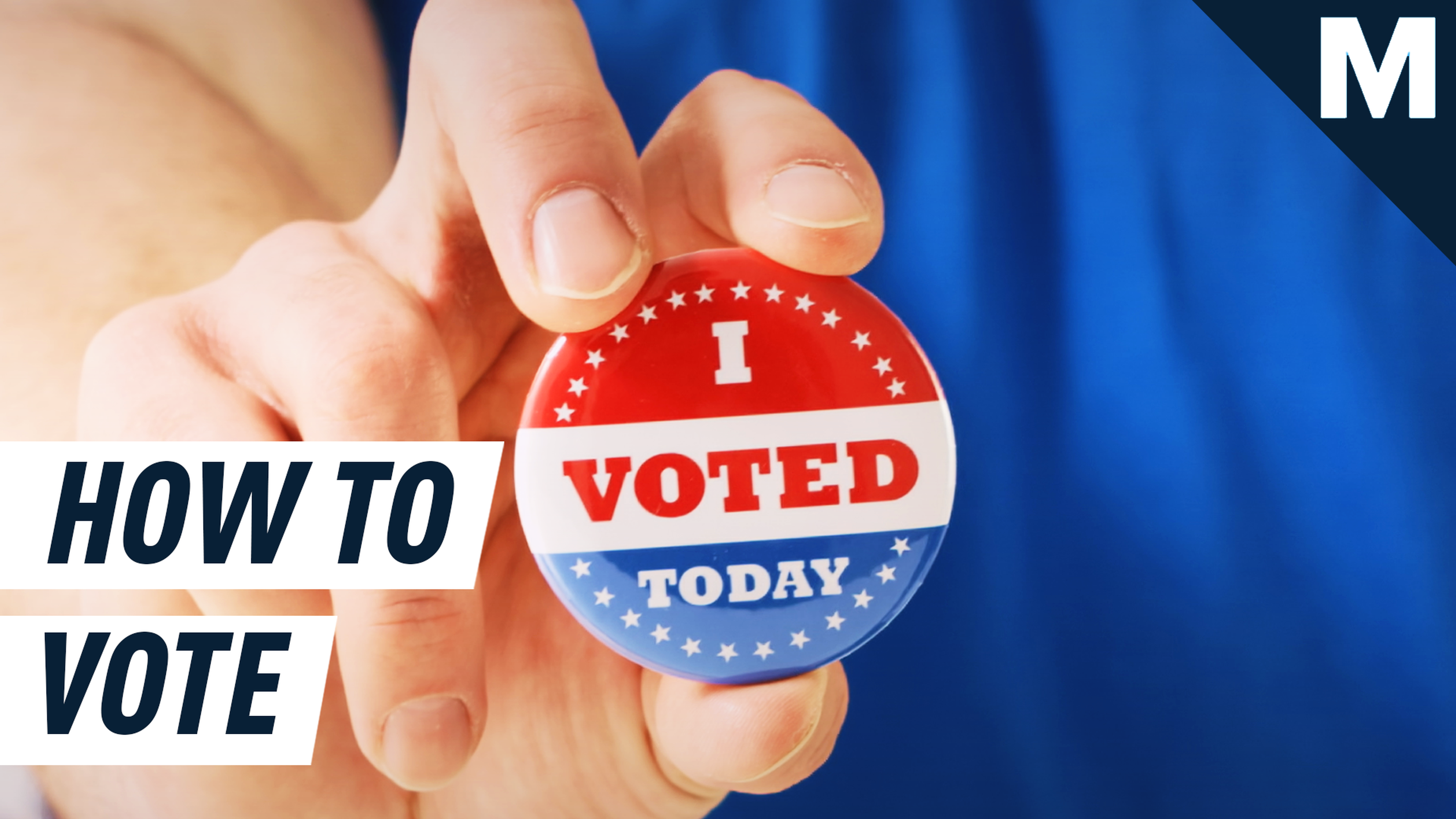
For years, young voters have been shamed because, historically, fewer than half of them who are eligible to vote show up at the polls on Election Day.
The stereotypes write themselves. Young people between the ages of 18 and 29, who currently belong to the Millennial and Gen Z generations, can’t be bothered to cast a ballot.
The truth is actually far more disturbing than the cliché, because the reality is an indictment of our democracy. Low youth voter turnout is more often a structural problem that can be traced back to limited civics education for students, voter suppression, and an approach to voting that presents numerous barriers, including scheduling major elections on a day when millions of Americans are working or attending school. Voting in America is made purposely difficult.
Enter the youth voter. Like many of their peers, they may feel cynical about democracy and uninspired by candidates of both parties. In order to participate in this system, they may need to obtain government identification, must ensure their ballot is mailed to the correct address (if they’re voting by mail or with an absentee ballot), and take time off work and school to stand in a potentially long line. At the same time, compared to older voters, they may be less likely to possess ID, have a permanent address, and have a predictable, flexible schedule. No wonder they’ve cast fewer ballots in the past than other demographic groups.
The 2018 midterm elections revealed a sudden shift in that trend when Millennial turnout nearly doubled from the 2014 midterms. Fueled by youth-led grassroots activism, particularly around racial justice, gun control, climate change, and opposition to President Trump, young voters are again poised to match or exceed the modern turnout record from two years ago.
Some will indeed stay at home, perhaps because it’s hard to vote or specifically because of COVID-19. Yet young voters who feel intimidated by the process or believe their vote won’t make a difference in a political system dominated by corporations, lobbyists, and wealthy donors, have far more power than they may realize.
Carolyn DeWitt, president and executive director of the voter registration and civic education nonprofit Rock the Vote, says that she frequently talks to young people who worry that they know too little about the process of voting, as well as the candidates and issues, to cast a ballot. Pausing to question their competence speaks to young people’s thoughtfulness and critical thinking skills, says DeWitt. She also believes that Millennial and Gen Z voters know more than they realize, having read widely online about issues important to them.
Improved confidence may be a few clicks away. For those worried about the intricacies of registration and casting a ballot, Rock The Vote provides the rules for each state, including deadlines for registration and voting by mail. While registration deadlines have passed in some states, 21 states and the District of Columbia offer same-day registration on Election Day with identification and proof of residency.
Young voters aren’t apathetic, says DeWitt, but the research required to complete a ballot can feel onerous or overwhelming, especially for those who haven’t made a biannual habit of it yet. In California, a state with a ballot initiative system that allows the voting public to decide on certain referendums that might otherwise be handled by the legislature, there are 12 statewide propositions, many of them involving complex questions about property taxes, education funding, affordable housing, and affirmative action. That’s in addition to local measures and school board, city, state, and Congressional candidates.
No one should expect any voter, including a young person, to become an independent expert on any of the issues or candidates on a ballot. Young people can instead turn to reputable newspapers to see what side their editorial board chose. Elected officials, unions, political action committees, and nonprofit organizations also make endorsements. Conversations with friends and family help as well. There is also no perfect way to prepare for voting.
“We really encourage people to make an educated vote to the best of your ability,” says DeWitt.
“We’re not going to fix anything by sitting it out.”
Voters of any age should make a plan for how they’ll vote, but that’s particularly important in 2020 thanks to longer-than-normal lines.
When voting in person, that plan should include bringing supplies to last several hours: a portable phone charger, food, water, a collapsible chair, something to read, and even friends who can wait in line at the same time. Avoid making other commitments that can’t be rescheduled. Those who encounter problems casting their ballot can contact Election Protection, a nonpartisan coalition that defends Americans’ right to vote.
For young people skeptical of making these and other sacrifices to participate in a system that’s arguably broken, DeWitt has a compelling response.
“The reality is that we the people are actually losing power in our democracy, and we are not going to get it back and fix our democracy without participating in it and demanding it be fixed,” she says. “We’re not going to fix anything by sitting it out.”
Young would-be voters still contemplating whether they’ll turn out on Election Day because they rightly fear their voice will be drowned out by lobbyists and donors, or worry their chosen candidate will betray them, have a difficult choice to make. They can vote and risk feeling even more cynical about American democracy, or withhold their vote and have no voice in electoral politics at all. Yet, even if it it seems marginal, that risk ultimately comes with power. Those who stay silent, however, cannot be counted.
